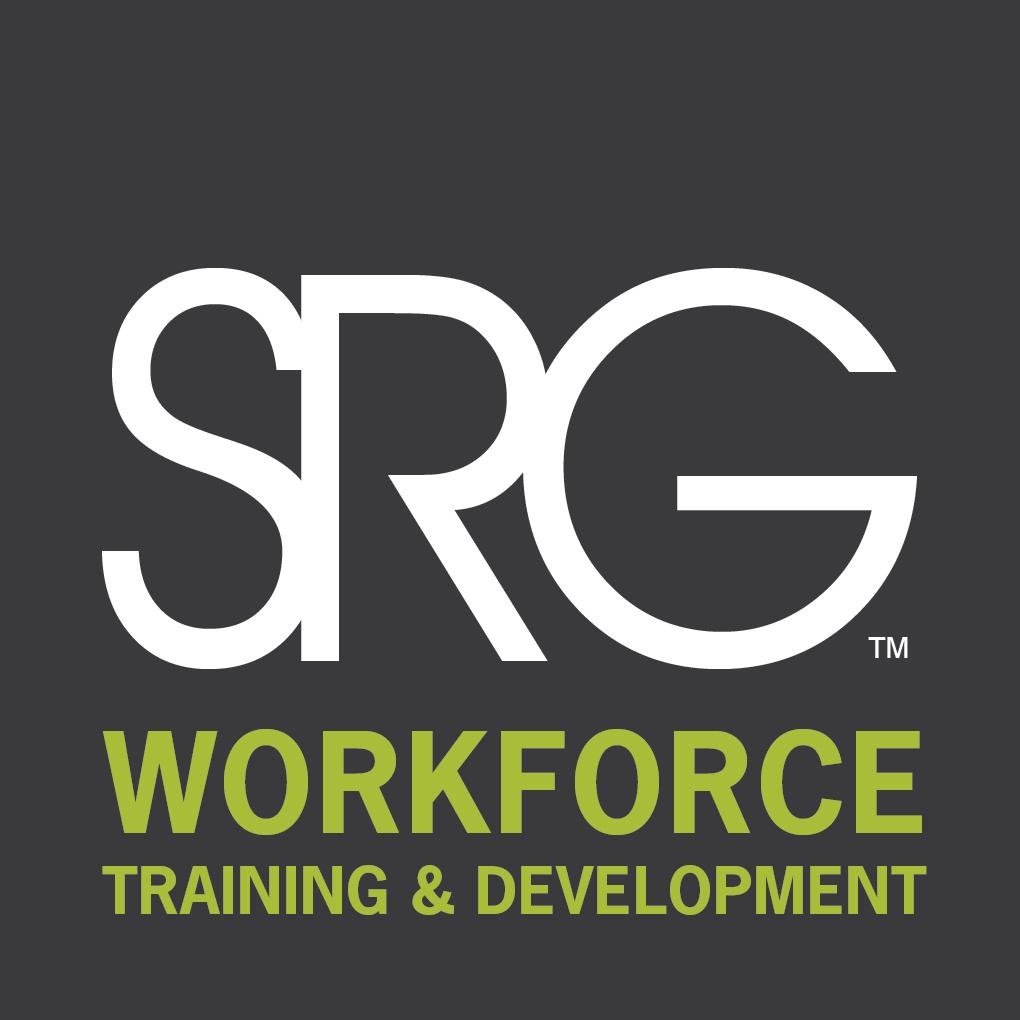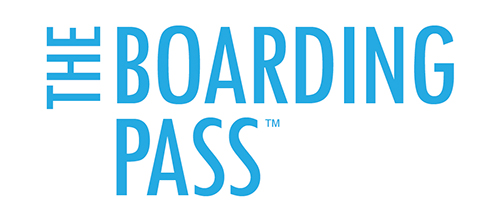
3 Top Tips to Prevent Turnover
Building a Recruitment Strategy that Flows
by Sean Hemraj – Director, Marketing & Creative – SRG
Do you have any professional pet peeves, mild annoyances at work that worm their way into your daily routines and throw off your focus and rhythm? Of course you do, no job is perfect after all. Focusing on the Human Resources (HR) department and the slew of daily routines managed for success, one of the most heart wrenching pet peeves endured by far has to be that of a failed hire. Turnover, next to client retention and business development, is a key element that organizations constantly strive to monitor and control. Without the proper personnel, businesses develop core bottlenecks, which impact business operations.
If you are not of the HR profession, let me explain some of the frustration derived from turnover. Firstly, there is a significant amount of resources invested when conducting a recruitment campaign – which is generally created from scratch. This encompasses all marketing and advertisements, applications and interviews, and finally testing and reference documents. Then multiply this by every open position and again by every candidate reviewed and you’re given a sense of the process being managed.
Secondly, depending on the specialized nature of the role being sought, the job market will heavily influence certain key factors for success. Aspects such as the expedience in which resumes are received, and how many of those resumes are actually qualified, are primary variables that are all driven by the marketplace. While there are a multitude of variables that an organization can manipulate and change in order to fine tune a better result, the marketplace is the rock that most recruitment strategies break against. The best results come from understanding the market climate then building a recruitment strategy that works with the tides and is flexible to shift accordingly.
The last major impact is the loss suffered by an organization at the point of turnover, which can be broken down into two main categories: financial and production.
Depending on when the turnover occurs in the employee’s tenure, it is estimated that the loss and replacement costs could be as high as 200% of the annual salary.
Deepening the frustration is the added loss of production and tasking which ultimately impacts business operations. Since 2008, businesses have been reprogrammed to run very lean by cutting all non-essential personnel and departments. While cost effective and efficient, these skeleton workforces are fragile and heavily susceptible to turnover. Every employee is being maximized in their responsibility; the loss of one man could create a ripple that reverberates throughout the whole organization.
With these consequences in mind, there are a multitude of strategies businesses can implement in order to manage turnover and better influence operational efficiency. One of the easiest to implement and often overlooked focuses is employee engagement.
A recent study by LinkedIn and Altimeter shows that an engaged employee is 20% more likely to stay at a company (read more: http://tinyurl.com/20-morelikely). An employee that feels they are actively contributing to their employer will be more connected and subsequently invests into a long tenure. When examining this strategy, most HR professionals would immediately start to analyze what programs and activities they can implement to produce the widest engagement effect. While this is an important element to the success of this strategy, it is second to one detail: when to engage your employee. Employee engagement needs to begin on the first day of employment. This is when employees start to transition their theories on the company to reality and are most susceptible to influencers.
Here are a few aspects to consider implementing:
- WELCOME COMMITTEE
A new employee task force assembled to serve one purpose, make the new employee feel welcomed and part of the team. This can be done by facilitating introductions throughout the company, a short tour of the work area to point out conveniences (not strictly safety and procedural), and an introduction to the events calendar of fun activities and sponsored community programs that are upcoming. - PROGRESSIVE ORIENTATIONS
Most organizations pride themselves on having a robust, meaty orientation system through which all employees must pass before they start. They feel that the more information they can introduce in the shortest amount of time the better. Unfortunately, all this does is overwhelm a new hire and give them the wrong impression. Instead, divide all onboarding education up into common categories that can then be delivered over the course of a few weeks as necessary. This will not only ease the employee into the workspace, but will increase retention of the materials being shown. - ACTIVE SUPPORT SYSTEM AND FEEDBACK
Even the most assured employee will want to know they have an option to ask questions and to receive feedback on how they are doing. Some organizations make the mistake of saving positive reinforcement until the end probation which could be upwards of 3+ months down the road. This could come too late for an employee who is a perfectionist and craves validation. Implement a schedule that is shared and shows monthly or bi-weekly one-on-one sessions. Follow this feedback strategy up by pairing new employees off with a tenured teammate that is always accessible for questions and clarification on any issues that may arise. The best situation would be to have the teammate schedule active follow-ups or check-ins so that the new hire doesn’t have to track them down every time.
In closing, your workforce is the most vital aspect of your business. Your organization worked hard to find the right people and should want to protect its’ investment. With these strategies in mind, not only will your organization mitigate early turnover, but will also save a lot of frustration developed from what some would equate to a minor pet peeve.


The Boarding Pass™ prepares all Team Members by conducting first day orientations and protocols at our location, prior to them arriving at your site. Team Members are ready to ‘hit the ground running’, allowing you to concentrate on core business activities and your Clients’ expectations.
For more information on SRG’s workforce training and development services, contact your local SRG office.
Click here to return to the Resource Hub.
Please share our post…

